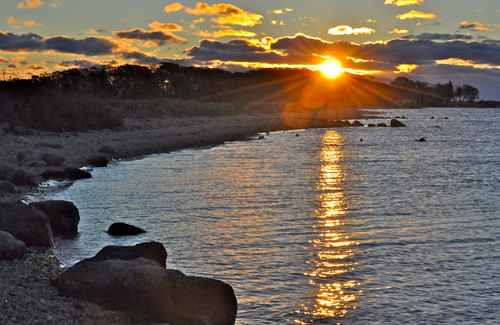Is Southold asking too much on water protection?

Last week the town’s planning staff unveiled the draft of the water resources section of its new comprehensive plan.
The 33-page document explores water conservation measures and methods of reducing pesticides, pharmaceuticals, petroleum-related pollutants and other hazards to drinking water. It also addresses protecting surface waters and marine habitats.
But the overwhelming number of suggestions for how to do that — there are more than 75 listed in the chapter and several sub-sections to many suggestions — had some in attendance at a public forum Jan. 31 concerned that it was too much information for the public.
Among the suggestions are increasing the non-turf buffer area between properties and wetlands and devoting more open space preservation funds to parcels important for aquifer protection. The plan also suggests the town institute odd-even day watering restrictions during droughts and participate in a Peconic Estuary Program homeowner rebate program for people who want to install rain gardens, gutter improvements and drywells.
Laura Klahre, a town land preservation specialist who helped develop the Peconic Estuary Program’s initial goals, called that “a huge undertaking. There were so many goals and objectives,” she said at the Jan. 31 forum at the Peconic Community Center. The Peconic Estuary Program had 280 goals.
“You need to prioritize… You need to say ‘in year one, we’ll do X, Y and Z,’” she said.
North Fork Environmental Council President Bill Toedter agreed that the chapter needs to be more user friendly.
“People can see rain gardens, but they can’t see what’s underground,” he said. “You’re asking people to change their behavior… You need to give them a basic understanding so they can move forward.”
He suggested that planners take a “USA Today” approach to the chapter, with charts and graphs and more easily digestible snippets of information on concrete steps they can take to improve water quality.
“Let this be a living document,” he said. “Update it every year so people can see what’s changing… How are you selling it to the public to get their buy-in?”
The second part of the chapter, on land resources, is due out in upcoming weeks.







